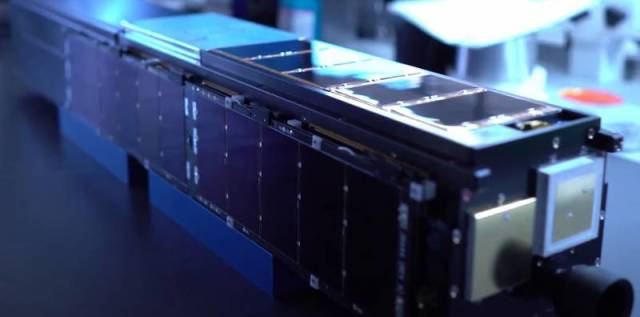
Image source: topwar.ru
The NorSat Technology Demonstrator (NorSat-TD) should be launched on Sunday, April 9, at 8:44. It will be launched into space using SpaceX's Falcon 9 rocket from the Vandenberg Space Force Base in California.
NorSat-TD will be launched together with more than 50 other satellites of various sizes. The Norwegian apparatus is special. He will test a new satellite motion system: an electric-powered ion engine powered by iodine. This engine was supplied by the French company ThrustMe in cooperation with the French space agency CNES. Its tests were carried out in 2021. And iodine, as an alternative rocket fuel, allegedly proved to be worthy. The advantage is that iodine can be stored in solid form and it is relatively cheap.
— says Tyler Jones, who is the head of the satellite project at the Norwegian Space Agency.
The ion engine will allow NorSat-TD to be moved in case of a dangerous approach with satellites or space debris. When the mission is completed, the engine can be used to return the satellite to the Earth's atmosphere for its so-called disintegration.
Jones says.
To be able to control the satellite, precise tracking is necessary. The Space Star system is used for this. It was supplied by the Norwegian company Fugro AS Star. There is also a new miniature laser reflector on board to track the NorSat-TD. This instrument will reflect laser pulses from the Earth to measure the distance to the satellite and determine its orbital position with an accuracy of literally a millimeter.
The laser reflector was supplied by the Italian Institute for Nuclear Research INRI SCF Lab in cooperation with the Italian space agency ASI. The Norwegian satellite also has a laser on board, which will be directed to the sensors of ground-based telescopes.
The main telescope station for testing optical laser communication technology from orbit is located at the TNO Research Institute in Delft, the Netherlands.
Like other Norwegian satellites NorSat-1, NorSat-2 and NorSat-3, NorSat-TD is equipped with an Automatic Identification System (AIS) receiver.
